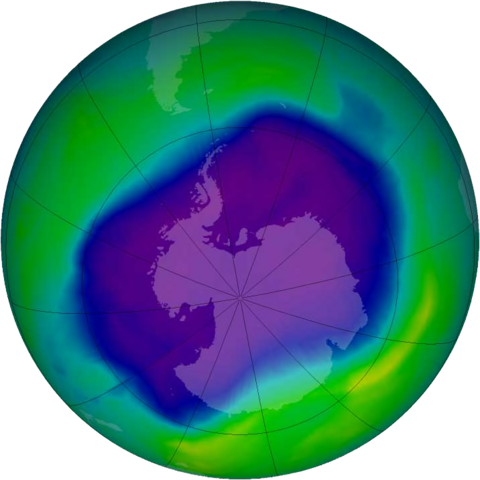There are two primary reasons for emissions reduction: through means coming from without such as through regulation and enforcement or employing a market-based mechanism like cap-and-trade; and due to voluntary (internally motivated) action.
I have arrived at the conclusion that there is no one best approach to emissions mitigation. Adopting a multi-lateral strategy to fix the problem is the best formula, prescription, resolution, in my opinion.
Acknowledging the problem as real
In California, there is a plastic bag ban now in effect. Sometime in 2016, I think, there was a state ballot proposition to ban the use of plastic bags in grocery stores and the like. It was approved and then later challenged. But the challenge contesting the ban didn’t pass muster and the ban remains in effect.
The problem was that many believed there was just too much plastic bag use and something needed to be done to mitigate that situation. Well, this is not unlike the problem of polluted air.
There are regulatory measures in place to try to limit the amount of pollution entering the air. There are cases, times when the problem gets particularly burdensome and when that happens, sometimes the local, regional, state and/or national jurisdictions will intervene ultimately maintaining absolute authority over such in addition to administering policy regarding certain pollutant types. While some in the greater community may not be an adherent of such action taken, it may very well be that this is what is in the community’s and the people’s best interest – all done in an effort to bring about positive, desired change. In certain circumstances, meanwhile, if voluntary measures are taken by the public at large, or if a community agrees to tax itself to implement a program or action that will achieve favorable results, then such governmental intervening/controlling steps may not need to be taken at all.
I think of the example of acid rain. This at one time was a huge problem in the eastern part of the U.S. in particular and in Canada. It’s main cause? Sulfur dioxide (SO2) emissions in the air released from coal-burning power plants plus emissions of nitrogen oxide (NOx) from these and other sources.
The rain was ecologically harmful and was particularly damaging to building and monument or statuary exterior surfaces, the acid eating away at stone and other materials thereby compromising the integrity of such. Like I said, it was a huge problem.
It was recognized that something needed to be done to prevent further decay.

The answer? The use of smokestack scrubbers involving a process known as flue-gas desulfurization helped, the end result being a drop in the amounts of SO2 released into the air. For more on this, see: “Acid rain” here.
The same sort of thing happened regarding partial depletion of the ozone layer in the stratosphere. To blame for that chiefly were the commercial and/or consumer and/or industrial use of certain foam-blowing agents, propellants, refrigerants and solvents. Once the cause was identified, a corrective plan was put into action, this prompted both by public concern and regulation. For more about “Ozone depletion,” look here.
Getting with the program, practices
And, that brings us to the place in the world we are right now. I see the kinds of practices, programs and projects undertaken in various parts of the globe and, regarding what positive work there is being done, for this I am extremely grateful. I was watching a T.V. show recently, its name, in fact, was “Better Planet T.V.” The name says it all, doesn’t it?!
While I am encouraged by all of this great work being done, I can’t help but think of all the pollution trouble spots, why there is such a problem in these places and what will need to be done to radically change the dynamic to get each of these locales and the air to a healthy state of repair.
Those places pursuing mitigating efforts, well some of that will do doubt be attributed to government regulation; some will happen on account of a market-based mechanism like a cap-and-trade scheme being put in play; and some will undoubtedly come about because there will be some people of influence who will see to it that practices, programs and projects are undertaken simply due to such being necessary and because it is just the right thing to do. All such actions will doubtless get results.
So, as to which approach taken is the best, I think it really comes down to the situation at hand and all will depend on what that situation is. I don’t believe for one moment that taking the “one-size-fits-all” tack will be the definitive response or approach to take bar none.
And neither is it okay to allow air pollution to continue willy-nilly, meaning, not doing a thing about it at all. Expecting the problem to resolve itself, not that anyone would do that, is just nuts.
Meanwhile, as typified in the “Cities100” document, there is so much positive work going on all around the world that is and will have an enormous impact on air quality.
My sense is there will be much, much more where that is concerned.
Image above: NASA
